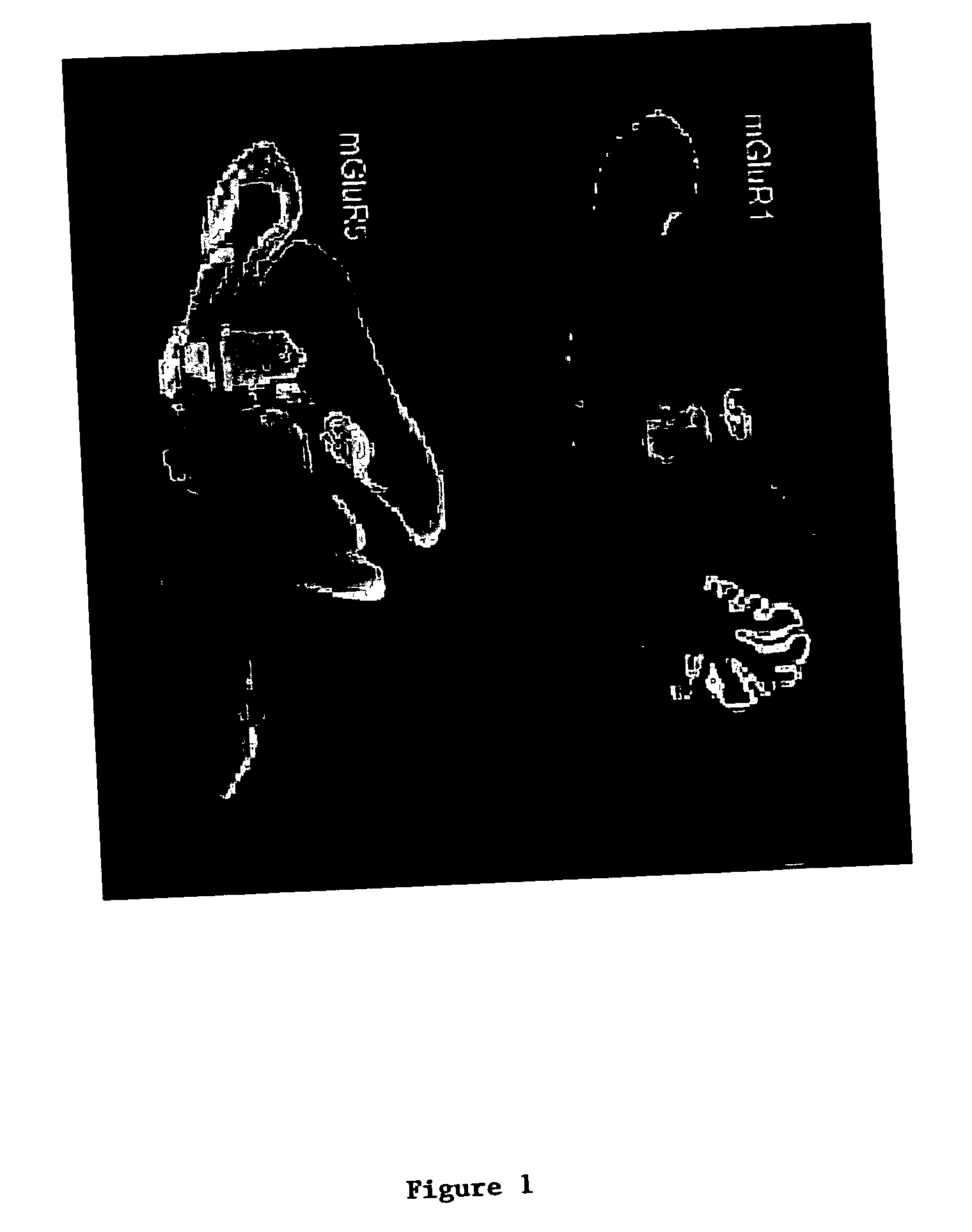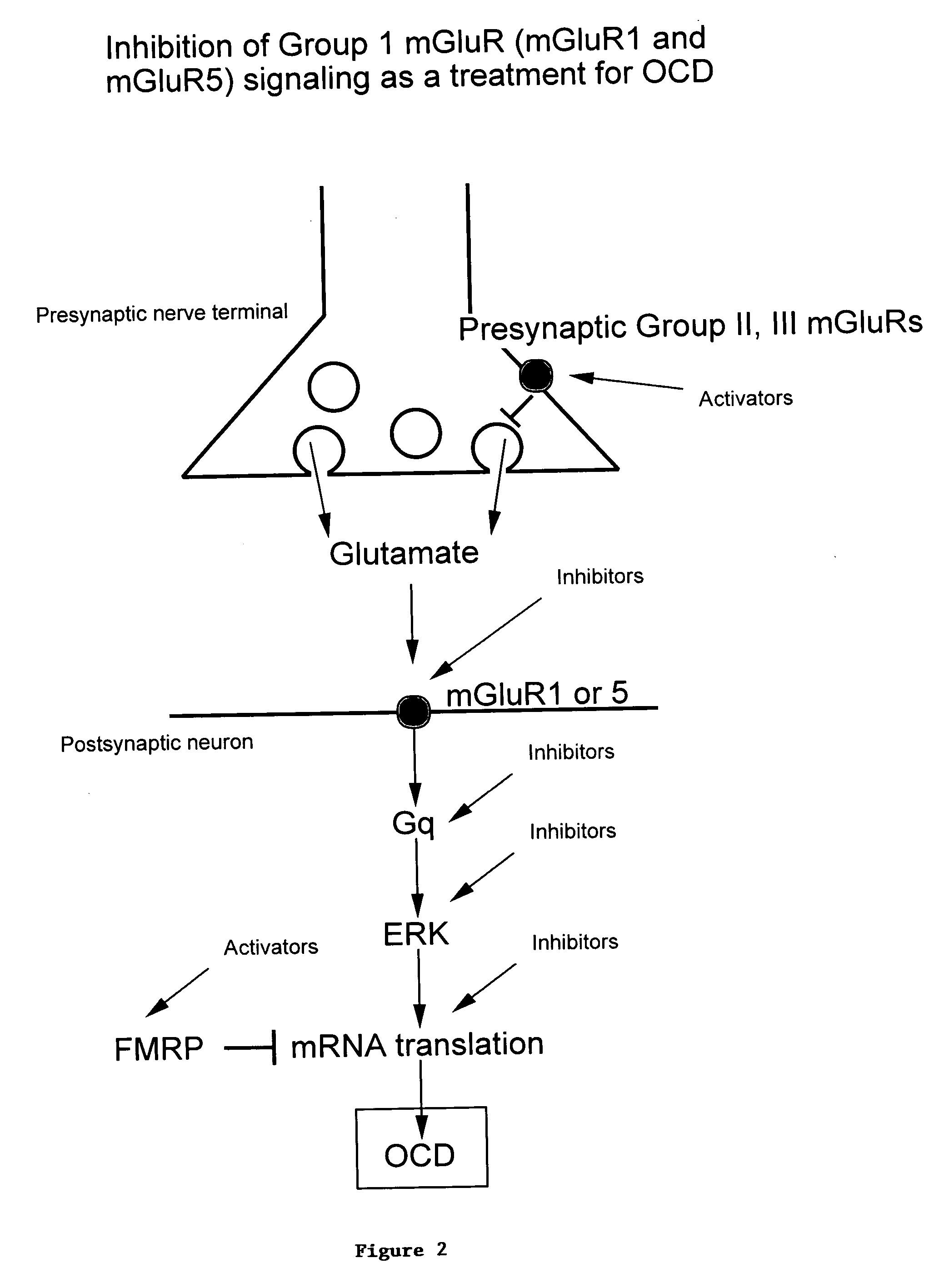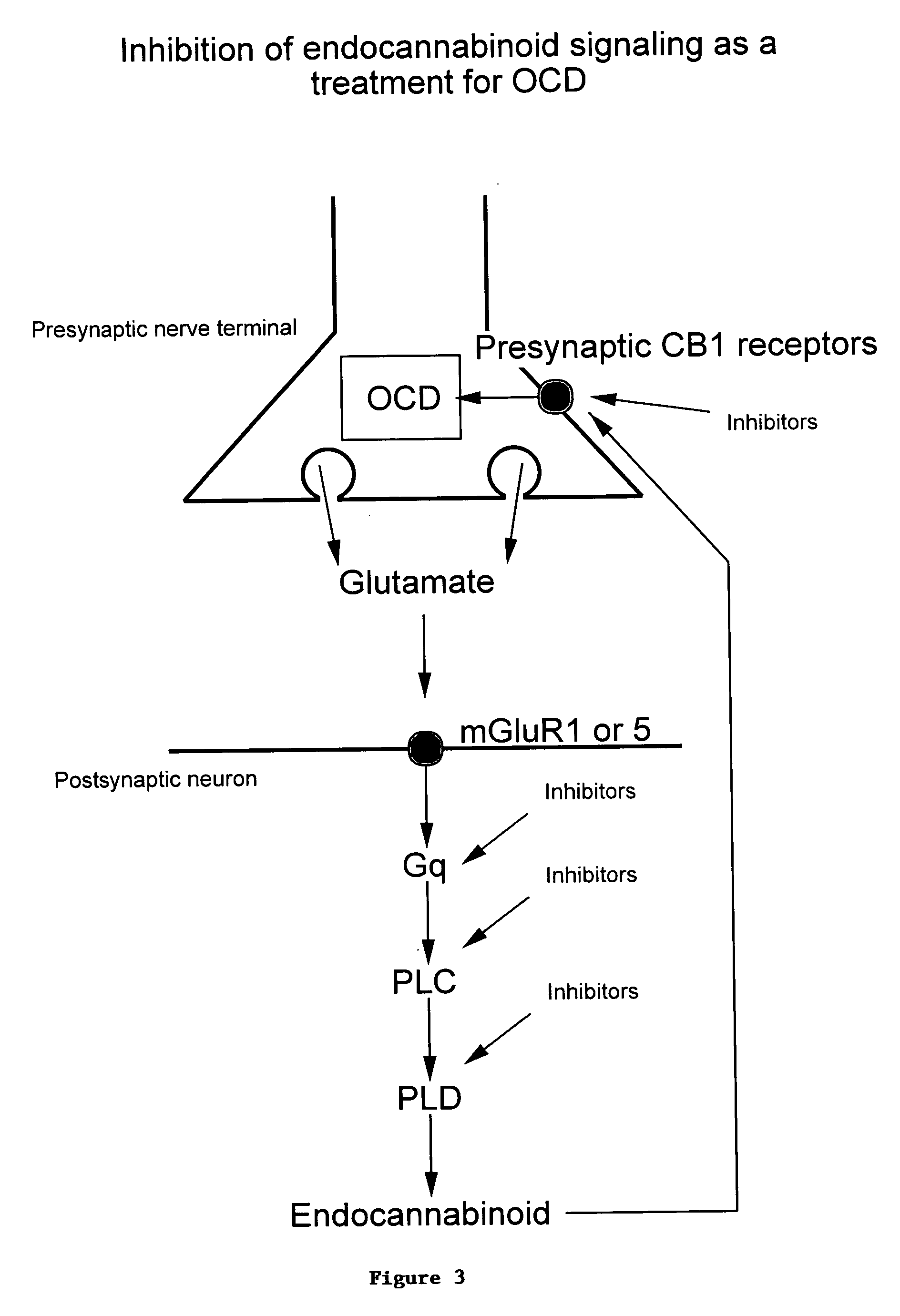Methods of treating obsessive compulsive disorder
a compulsive disorder and obsessive disorder technology, applied in the field of methods of treating obsessive compulsive disorder, can solve the problems of ineffective treatment of sris and ssris alone, difficult acceptance and compliance of cbt, insomnia, etc., and achieves the effect of easy compliance for the subject, effective treatment and no significant side effects
- Summary
- Abstract
- Description
- Claims
- Application Information
AI Technical Summary
Benefits of technology
Problems solved by technology
Method used
Image
Examples
Embodiment Construction
[0012] The features and other details of the invention, either as steps of the invention or as combinations of parts of the invention, will now be more particularly described and pointed out in the claims. It will be understood that the particular embodiments of the invention are shown by way of illustration and not as limitations of the invention. The principle features of this invention can be employed in various embodiments without departing from the scope of the invention.
[0013] The present invention is directed to a method of treating obsessive compulsive disorder in a subject. The subject with obsessive compulsive disorder being treated by the methods of the invention can also have at least one condition selected from the group consisting of fragile X syndrome, autism and mental retardation.
[0014] As previously reported, Group I mGluR agonists increase long term depression (LTD) in brains obtained from fragile X mental retardation protein (FMRP) knockout (KO) mice (Huber, K....
PUM
| Property | Measurement | Unit |
|---|---|---|
| concentration | aaaaa | aaaaa |
| obsessive compulsive disorder | aaaaa | aaaaa |
| fragile | aaaaa | aaaaa |
Abstract
Description
Claims
Application Information
 Login to View More
Login to View More - R&D
- Intellectual Property
- Life Sciences
- Materials
- Tech Scout
- Unparalleled Data Quality
- Higher Quality Content
- 60% Fewer Hallucinations
Browse by: Latest US Patents, China's latest patents, Technical Efficacy Thesaurus, Application Domain, Technology Topic, Popular Technical Reports.
© 2025 PatSnap. All rights reserved.Legal|Privacy policy|Modern Slavery Act Transparency Statement|Sitemap|About US| Contact US: help@patsnap.com



